Openledger and OPEN Token: AI and Blockchain Integration Innovation

1. Openledger Project Overview
2. Openledger Technical Highlights and Core Design
3. In-Depth Look at OPEN
3.1 What Is the OPEN Token?
3.2 OPEN Tokenomics
Details | |
Use Cases | Transaction fees, staking, contributor rewards, governance |
Reward Mechanism | Continuous rewards via Proof of Attribution (PoA) for ongoing use of data and models, encouraging high-quality contributions |
Liquidity and Staking | Supports liquidity pools and model bonding-curve staking for financial accountability and market-driven quality control |
Governance | OPEN holders vote on fund allocation, model policies, and treasury use |
Community Allocation | 51% of supply goes to the community: testnet participants, model builders, validators, developer grants, community events, ambassador programs, block rewards, and strategic partners |
Airdrop Plans | Activities like the Kaito Yapper Arena include a 2 million OPEN reward pool over 6 months for top contributors and community participants |
3.3 OPEN Use Cases
4. How to Buy OPEN on MEXC
Popular Articles
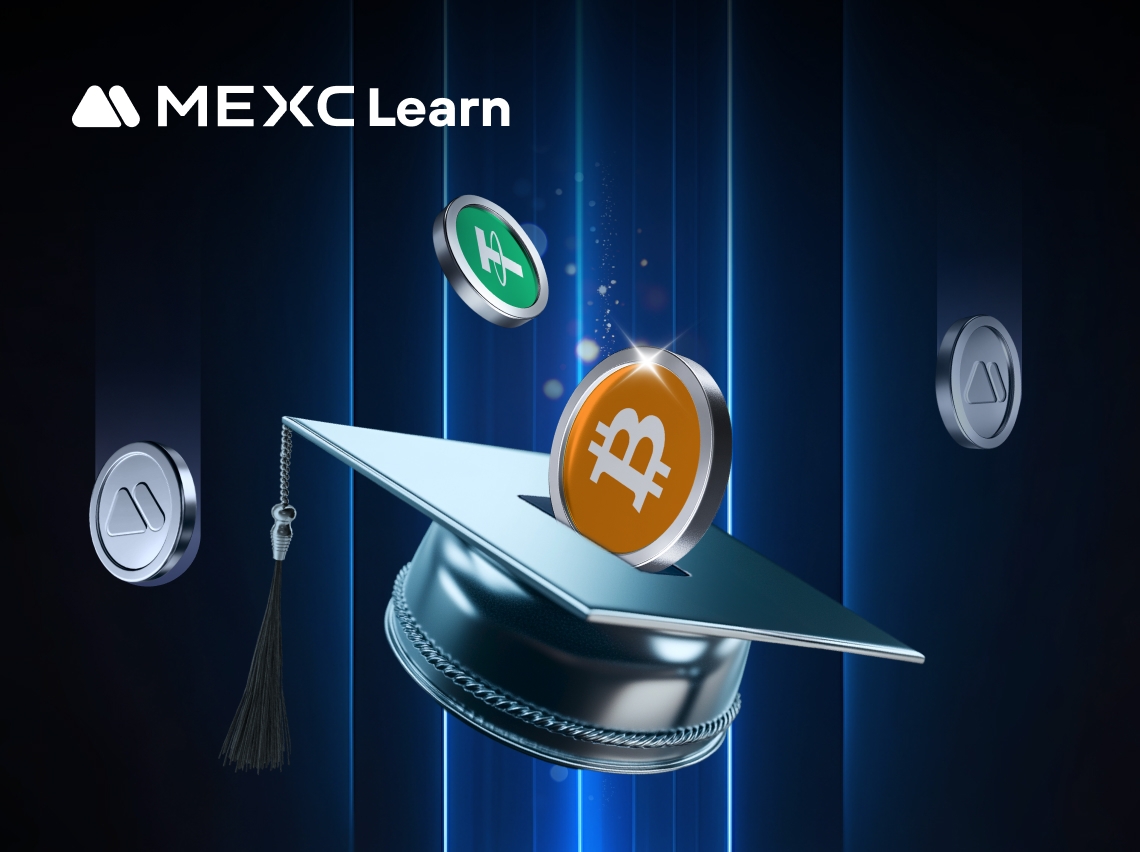
What is Dill (DL Token)? Complete Guide to the Revolutionary Modular Blockchain
In today's rapidly evolving blockchain landscape, scalability remains the industry's most pressing challenge. While most Layer 1 blockchains force applications into rigid frameworks that compromise pe
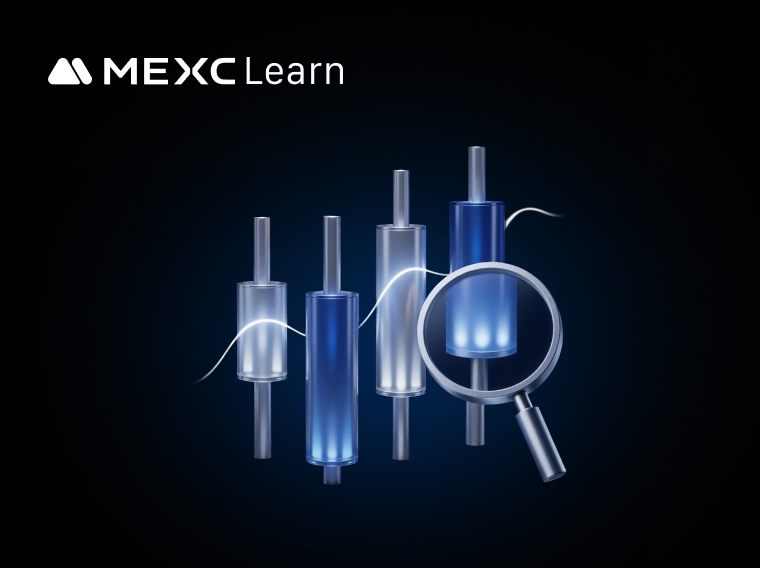
Common Technical Analysis Theories
Technical analysis is a widely used tool in financial investing, aimed at predicting future market trends by studying historical price movements and trading data. This article will break down the core

How to Quickly Draw Price Lines and High/Low Price Lines
In cryptocurrency trading, candlestick charts are an essential tool for traders' daily market analysis. Among them, the price line and high-low price lines are fundamental yet critical components of t
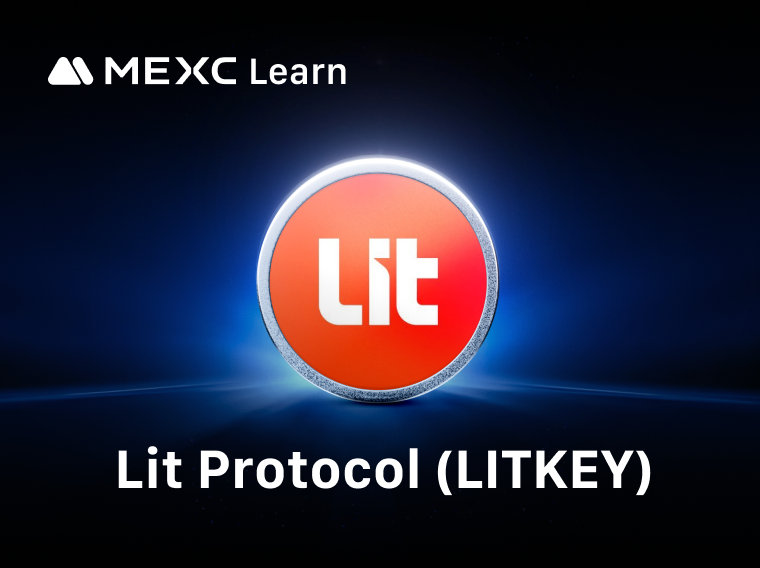
What is Lit Protocol? Core Infrastructure for Programmable Key Management in Web3
TL;DR1) Lit Protocol combines threshold MPC and TEE technologies to deliver decentralized and programmable key management, addressing a critical gap in the Web3 infrastructure stack.2) The Lit Actions
Hot Crypto Updates
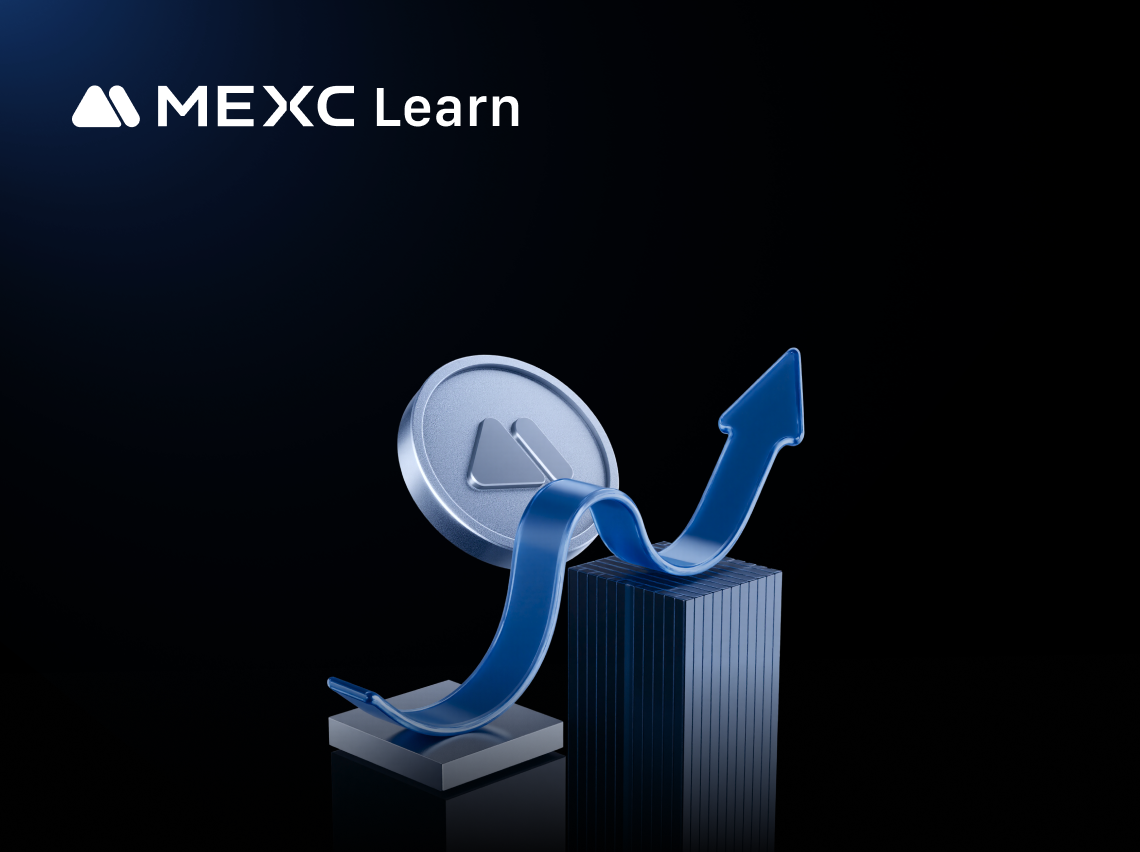
Secure Your RISC Zero (ZKC) Exchange Account: Pro Tips
Introduction to RISC Zero (ZKC) Security EssentialsSecuring your RISC Zero (ZKC) holdings is paramount, especially as ZKC emerges as the native token anchoring the Boundless Protocol—a universal, perm
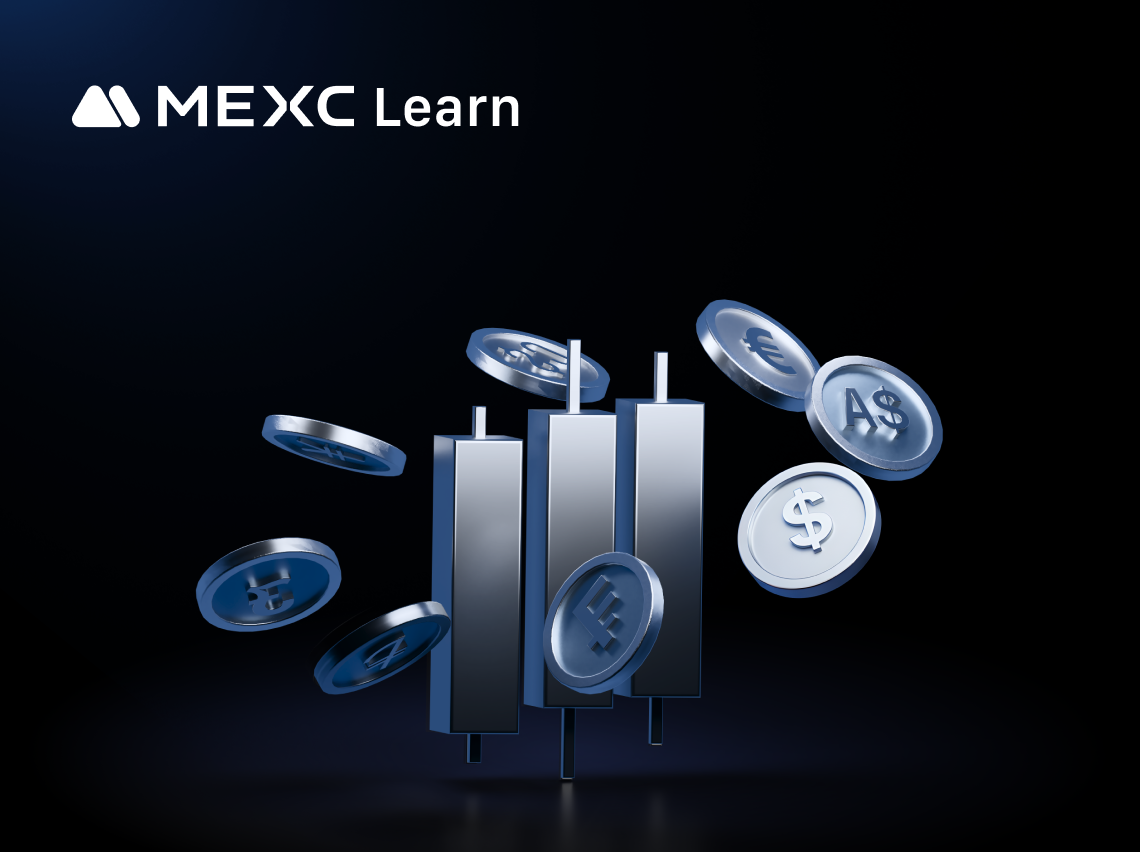
RISC Zero (ZKC) Laws Worldwide: Country by Country Guide
Introduction to Global Cryptocurrency RegulationThe global regulatory landscape for cryptocurrencies such as RISC Zero (ZKC) is rapidly evolving, with over 75 countries developing or implementing fram
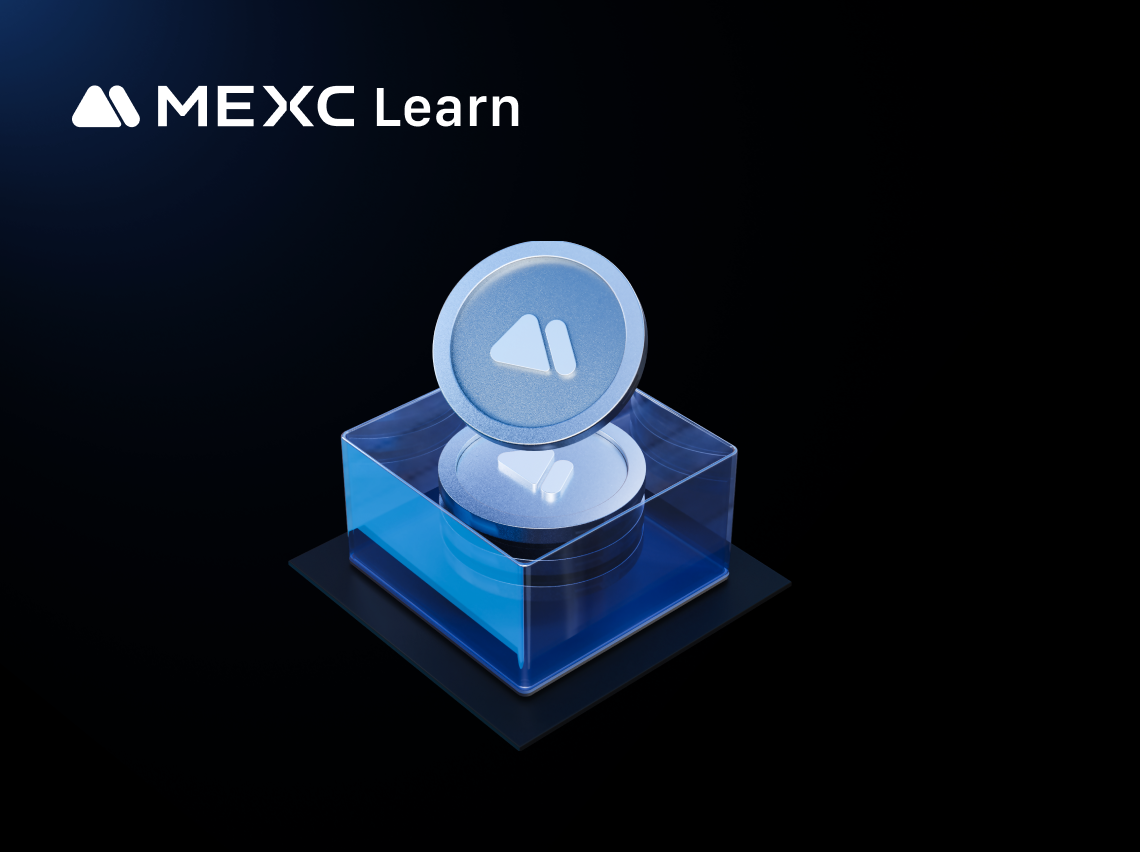
RISC Zero (ZKC) Trading Volume: What It Reveals About Price
Introduction to Volume and Market Depth in Cryptocurrency TradingVolume and market depth are fundamental metrics for analyzing any cryptocurrency, including RISC Zero (ZKC).These indicators provide cr
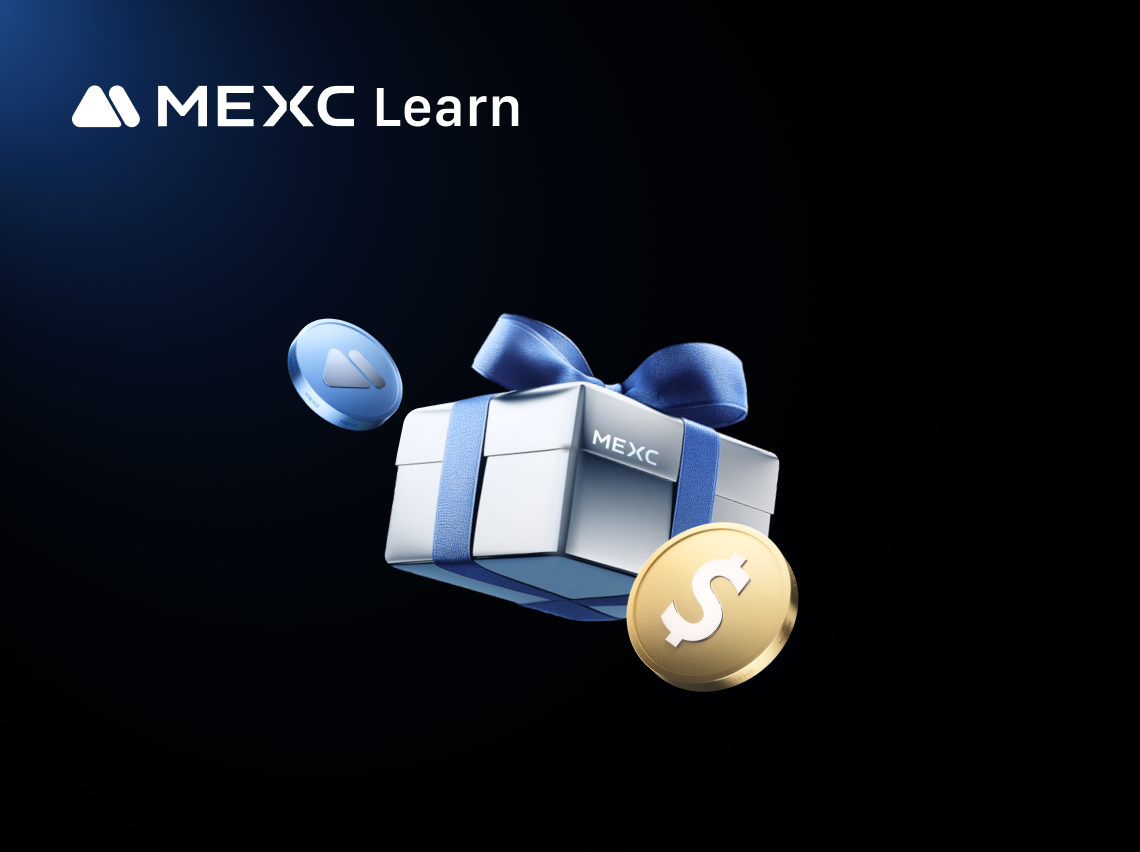
What is Lit Protocol (LITKEY)? An Introduction to Digital Assets
What Exactly is Lit Protocol (LITKEY) and Why Should You Care?Lit Protocol (LITKEY) is a blockchain-based cryptocurrency that powers the Lit Protocol decentralized platform, focused on solving the cri
Trending News

Satoshi-Era Mt. Gox’s 1,000 Bitcoin Wallet Suddenly Reactivated
The post Satoshi-Era Mt. Gox’s 1,000 Bitcoin Wallet Suddenly Reactivated appeared on BitcoinEthereumNews.com. X account @SaniExp, which belongs to the founder of the Timechain Index explorer, has publ

Polygon Tops RWA Rankings With $1.1B in Tokenized Assets
The post Polygon Tops RWA Rankings With $1.1B in Tokenized Assets appeared on BitcoinEthereumNews.com. Key Notes A new report from Dune and RWA.xyz highlights Polygon’s role in the growing RWA sector.

U.S. Supreme Court to hear challenge to Trump’s global tariffs on November 5
The post U.S. Supreme Court to hear challenge to Trump’s global tariffs on November 5 appeared on BitcoinEthereumNews.com. The U.S. Supreme Court has set November 5, 2025, as the date it will hear arg

Cardano Founder Applauds SEC Approval of Grayscale’s ETF Conversion of GDLC Which Includes ADA
Cardano founder Charles Hoskinson has applauded the SEC's approval of Grayscale's Digital Large Cap Fund (GDLC) conversion into an ETF. For context, this Grayscale fund holds ADA, along with other hig
Related Articles

What is Dill (DL Token)? Complete Guide to the Revolutionary Modular Blockchain
In today's rapidly evolving blockchain landscape, scalability remains the industry's most pressing challenge. While most Layer 1 blockchains force applications into rigid frameworks that compromise pe

Common Technical Analysis Theories
Technical analysis is a widely used tool in financial investing, aimed at predicting future market trends by studying historical price movements and trading data. This article will break down the core

How to Quickly Draw Price Lines and High/Low Price Lines
In cryptocurrency trading, candlestick charts are an essential tool for traders' daily market analysis. Among them, the price line and high-low price lines are fundamental yet critical components of t

What is Lit Protocol? Core Infrastructure for Programmable Key Management in Web3
TL;DR1) Lit Protocol combines threshold MPC and TEE technologies to deliver decentralized and programmable key management, addressing a critical gap in the Web3 infrastructure stack.2) The Lit Actions
